How to Grow Sweet Corn Step-by-Step
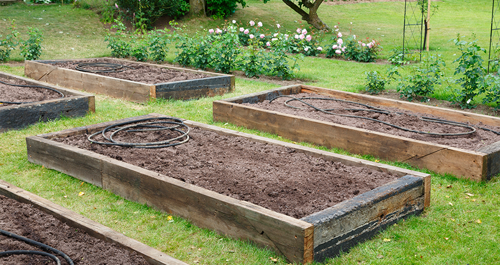
1. Choose a location: Select an area with full sun exposure and well-draining soil.
Recommendation: Use Miracle-Gro Garden Soil for Vegetables and Herbs to amend your soil to promote healthy growth.
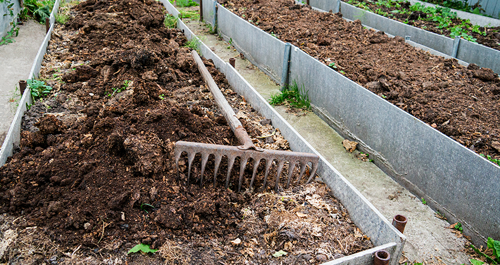
2. Prepare the soil: Clear the area of debris, large rocks, and weeds. Loosen the soil to a depth of 6-8 inches with a Trowel.
Recommendation: Apply Jobe's Organics Vegetable & Tomato Granular Fertilizer before planting seeds.
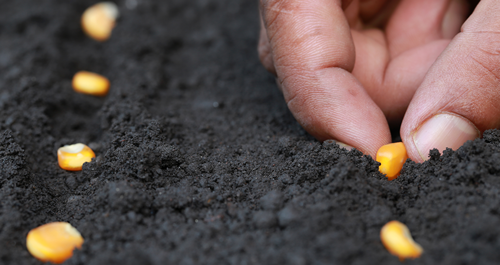
3. Plant sweet corn seeds: Plant seeds in rows or hills (groups of 4-5 seeds) at a depth of 1-2 inches and space them 8-12 inches apart. Ensure each row has nutrient-rich soil.
Recommendation: Use Burpee Organic Sweet Corn Seeds for best results
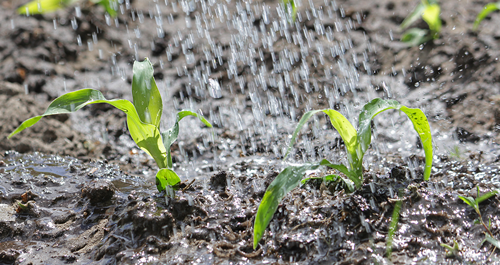
4. Water regularly: Keep the soil moist but not waterlogged during germination.
Recommendation: Use Melnor XT Metal Turbo Oscillating Sprinkler to evenly distribute water across your entire sweet corn patch.
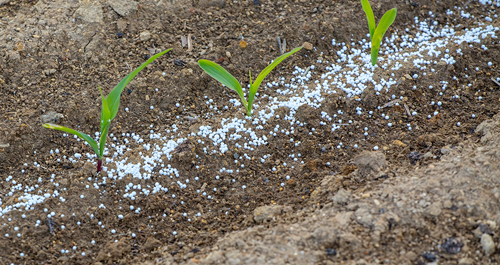
5. Fertilize regularly: Feed your plants every two weeks with Plant Food to promote healthy growth and increase yields.
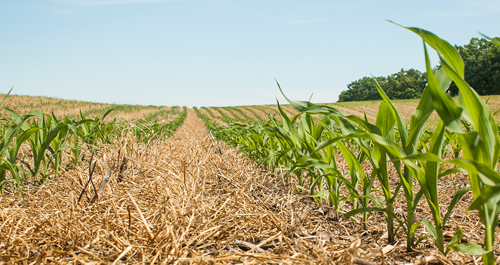
6. Mulch the soil: Apply a layer of organic mulch around each sweet corn plant, this will help keep the soil moist and also prevent weeds from growing.
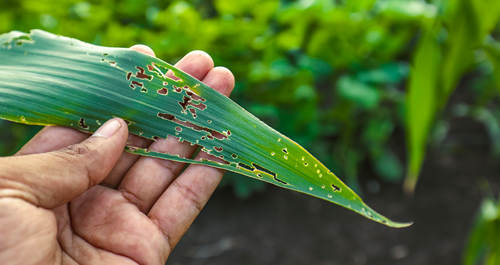
7. Keep Pests at Bay: Protect your sweet corn crop with a natural insecticide like neem oil or by planting companion crops such as marigolds.
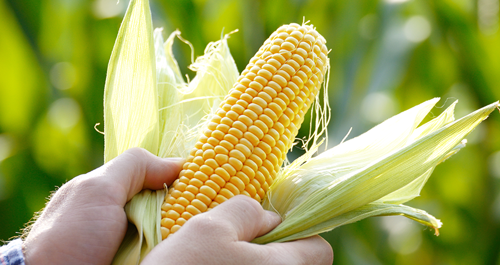
8. Harvesting Time!: Sweet corn is ready to harvest when the silk turns brown and dry. The kernels should be plump and juicy too.
Recommended Items Checklist To Grow Sweet Corn
1. Burpee Organic Sweet Corn Seeds
2. Miracle-Gro Garden Soil for Vegetables and Herbs
3. Fiskars Ergo Trowel
4. Jobe's Organics Vegetable & Tomato Granular Fertilizer
5. Espoma Organic Bio-tone Starter Plus Plant Food
6. Agfabric Garden Bird Netting
7. VIVOSUN 5-Pack 5 Gallon Grow Bags
8. The Ames Companies, Inc True Temper Poly Scoop Shovel
9. Melnor XT Metal Turbo Oscillating Sprinkler

How long does it take for a sweet corn plant to grow?
On average, sweet corn takes between 60 and 100 days from planting until you can harvest. The exact timing will depend on a several factors including weather conditions and the type of seeds you choose.
During this time, be sure to provide your plants with plenty of space and lots of sunshine. With regular watering and fertilizing when needed, your plants should thrive till they are ready for harvest.
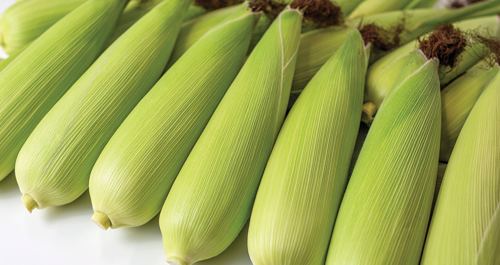
How many sweet corn do you get off one plant?
Let's talk yields, shall we?
The truth is that yields can vary depending on many factors - soil fertility, moisture levels, temperature and even pest infestations can all have a part to play. But as a general rule, you can expect to get one (sometimes two) ears off each stalk.
When it comes to yield per acre, that number will also vary depending on various factors such as planting density and crop management techniques. However, with optimal growing conditions and proper care guidance like fertilizing and watering regularly, an acre typically yields between 100-300 bushels or more!

Does sweet corn like sun or shade?
The answer is simple - sweet corn loves soaking up the rays!
As you know, sweet corn is a summer crop that requires lots of sunlight to grow those tall stalks and form juicy ears. In fact, if your sweet corn plants don't get enough sun exposure they can grow spindly and weak which results in small or stunted yield.
That being said, it's important to make sure your plants are not exposed to too much direct sun when temperatures rise in summers as excessive heat can also damage them. So make sure you water sufficiently and recommended mulching materials to keep soil moist.
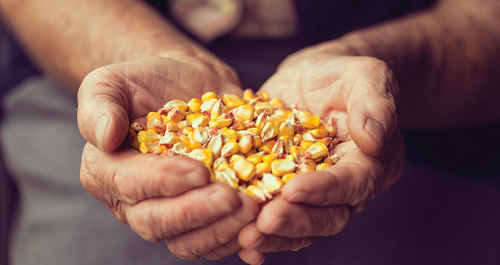
How do you prepare sweet corn seeds for planting?
Alright aspiring sweet corn growers, let's get down to business! Before planting those magical seeds, you need to take certain steps to set them up for success.
First off, make sure you choose high-quality seeds (like Burpee Organic Sweet Corn Seeds). Then, before planting the seeds, soak them overnight in water or a compost tea to help stimulate germination rates. This can be your secret weapon.
Next up - make sure your soil is loose and sandy so the tender little roots can easily penetrate and grow quickly. If it's necessary not hesitate to use some Miracle-Gro Garden Soil for Vegetables and Herbs as an amendment that does wonder for growth.
Once prepped effectively root side down into the ground at a depth of 1-2 inches in nutrient-rich soil spaced 8-12 inches apart with gaps between rows depending on the planter type using a Trowel.
Now sit back and wait patiently while nature works her magic - before you know it those little sweet corn seeds will start sprouting new life right in front of your eyes!
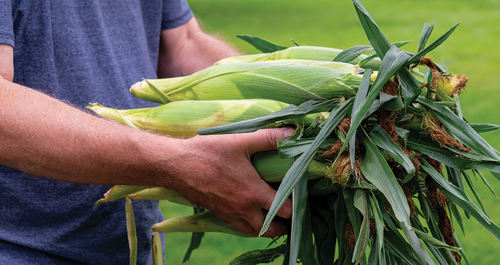
How many cobs does a corn plant produce?
Well folks, that all depends on a few factors.
First off, it's important to note that not all sweet corn varieties are created equal. Some are known to produce more ears per stalk than others - so do your research before planting those seeds!
However, on average, you can expect to get anywhere from 1-2 ears per stalk of sweet corn. That might not sound like a lot, but remember - each ear can have anywhere from 400-600 kernels! So if you plant a decent amount of sweet corn plants and take good care of them throughout the growing process - you'll be swimming in deliciously juicy cobs come harvest time.
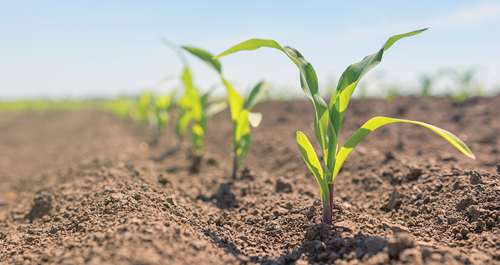
What is the best month to plant sweet corn?
Let's talk timing for sweet corn planting! The best month to plant sweet corn varies depending on where you live and what climate you're dealing with.
If you're in a cooler climate with short summers, aim to plant your sweet corn about two weeks after the last frost date in spring. This will give your plants enough time to mature before the frost returns in autumn.
On the other hand, if you're in a warmer climate with longer growing seasons, you can afford to wait until mid-summer before planting your sweet corn. In general, May through June is a good time frame to consider planting for most regions within the United States.
So there you have it folks - aim to plant your sweet corn during the ideal weather conditions available within these timespans and you'll be rewarded with juicy cobs aplenty come harvest time!

Does corn come back every year?
Sweet corn plants are typically classified as annuals, meaning they complete their life cycle within one growing season and do not come back year after year on their own.
But don't worry - just because your sweet corn isn't a perennial doesn't mean you can't grow more the following year! Simply start anew each spring by planting fresh seeds in well-prepared soil to ensure a healthy and bountiful harvest again.
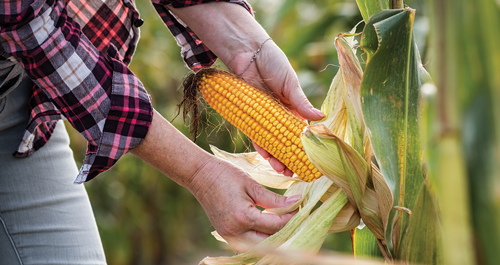
Do corn stalks keep producing?
The short answer is no - once the ear of corn has been harvested and the plant dies off, that's it for that specific plant. But don't despair! Depending on when you planted your sweet corn crop and how long your growing season lasts, there's still a chance for multiple harvests from different plants in different stages of growth. Just make sure to space out your planting dates to maximize the time frame where you can enjoy fresh sweet corn all summer long.
So don't give up hope yet - with proper planning and care, you can have a continuous supply of delectable sweet corn on your plate throughout the season!
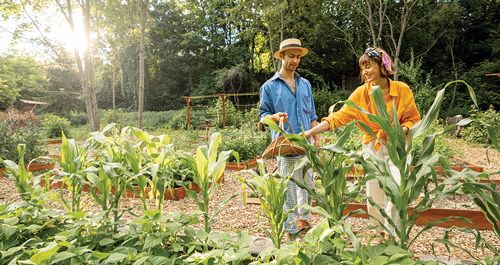
How many corn stalks do you need?
Generally speaking, you'll want to plant at least 10-12 stalks for a worthwhile crop. But here's the thing: it's not just about quantity - quality matters too! Make sure your soil is nutrient-rich and that you're giving each stalk ample sunlight exposure for successful growth. So while there isn't a set number of corn stalks needed per se, remember that what really counts is setting yourself up for a sweet and juicy bounty come harvest time.
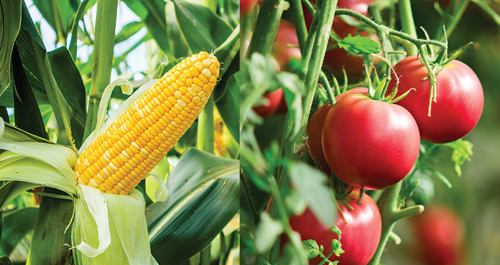
Can you plant corn next to tomatoes?
Well folks, here's the thing - they're not exactly chummy with each other. See, tomatoes are part of the nightshade family (which includes peppers as well), and their roots can secrete a toxin that's harmful to corn.
Now, don't get me wrong - it's not a death sentence for your sweet corn crop if you plant them side by side. But if possible, try to keep some distance between these two vegetables to prevent any negative effects on soil health or growth.
Consider companion planting strategies such as marigolds or herbs like basil or parsley to help promote healthy growth and minimize potential harm from neighboring tomato plants. Bottom line: these veggies may be good on their own, but when it comes to cohabitating in a garden bed together, it's best to give them some space.
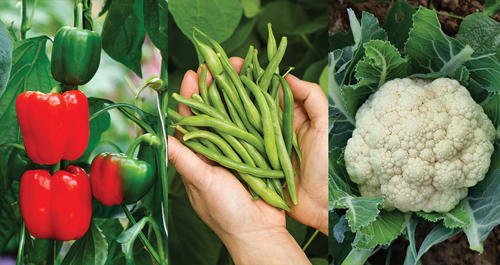
What not to plant next to sweet corn?
- Tomatoes (part of the nightshade family)
- Peppers (also part of the nightshade family)
- Pole beans or other climbing plants, as they can overwhelm and shade the corn
- Brassica vegetables, such as broccoli and cauliflower
- Dill, since it can attract aphids that may harm your sweet corn crop
Cucumbers, due to their vining nature which can cause tangling with the tall corn stalks - Melons like watermelon and cantaloupe which compete for nutrients in limited garden spaces
- Members of the squash family like zucchini and pumpkin
There are some plants that you should definitely avoid planting nearby. Why? Well, because certain plants can attract pests or deplete the soil of essential nutrients needed for successful growth. So what are these troublemakers, you ask? As mentioned above, avoid planting tomatoes and other nightshade vegetables near your sweet corn crop, as well as members of the squash family like zucchini and pumpkin. While these may be great veggies to grow in their own right, they can spell trouble for your sweet corn patch.
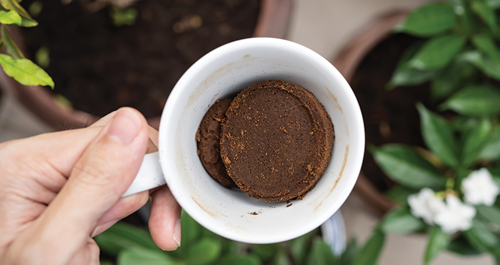
Do corn plants like coffee?
Coffee grounds are a great natural fertilizer for sweet corn as they release nitrogen slowly over time. However, if not used in the right proportions, coffee grounds can actually do more harm than good.
Generally speaking, a layer of 1/4 to 1/2 inch of coffee grounds is enough for each planting hole when mixed with compost or other organic materials. It’s good to remember that too much coffee ground can also affect the pH balance of the soil and lead to stunted growth or nutrient deficiencies.
To use coffee ground as fertilizer, simply collect your used coffee ground from your coffee maker or stop by your local café and ask them for some old grounds. Then mix them into the soil around the base of your sweet corn plants being careful not to overlap with the plant leaves. It's best to apply just once every couple of weeks rather than all at once.
Alternatively you can create a compost pile specifically for your coffee grounds, gently mix it with other organic matter like grass clippings or dried leaves but avoid using animal products such as cheese rinds and meat scraps.
By using this method properly you'll be enhancing soil fertility organically while protecting beneficial microbes in it which allow proper breakdown giving healthy yield in return!
Should you soak sweet corn before planting?
So get this...soaking the seeds overnight can help improve your chances of getting them to sprout quickly!
By pre-soaking the seeds, you're essentially giving them a head start on germination. Soaking sweet corn seeds softens the outer layer and makes it easier for the seedling to push through the soil.
To soak your sweet corn seeds, all you need to do is drop them in water and let them rest overnight before planting. This little trick is a bit of a "secret weapon" when it comes to how quickly your sweet corn grows!
How long do you soak sweet corn before planting?
Overnight is just about right.
But make sure not to leave them soaking for too long or they might begin to sprout prematurely. A good rule of thumb is around 8-12 hours.

How many seeds do you put in a hole for corn?
When it comes to planting sweet corn seeds, less is usually more. We recommend planting just 3 to 4 seeds per hole.
Planting multiple seeds helps ensure that at least one of them sprouts and grows successfully - but be sure not to overcrowd your crop or it could lead to stunted growth and lower yields.
By now we're confident you're ready to grow sweet corn pro. How sweet is that?!
So give it a try and let us know how it goes! We'd love to hear from you too - what are your best tips for growing sweet corn? Share them with us (and our readers) in the comments below!
And don't forget to sign up for our newsletter and follow us on Twitter, Instagram and TikTok for more gardening tips and tricks. Happy planting!



